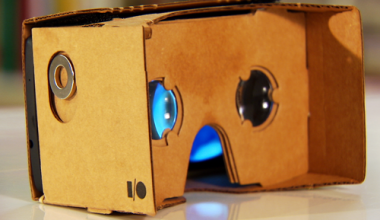Mobile phone technology has come a long way since the first mobile phone call was made 40 years ago – but there is a lot more innovation ahead, according to one expert.
It was on 3 April 1973 that Motorola employee Martin Cooper made a call in New York on a Motorola DynaTAC – dubbed a “brick” due to its size and weight – which was widely regarded globally as the first public mobile phone call.
The device was 9 inches tall, comprised 30 circuit boards, had a talk-time of 35 minutes, and took 10 hours to recharge.
Four decades on, a worldwide telecoms industry with annual revenues of £800bn has grown rapidly based on wide choice, falling prices and an array of technologies, resulting in the average mobile being used to take photos, play music and games, send emails, download maps, watch video clips, all as well as talking and texting.
Mike Short, an expert from the Institution of Engineering and Technology, said Cooper’s phone call is the first public call people recognise as being a cellular mobile call.
He said the 10 years following that first call were “very much developmental”, with research being carried out in laboratories before services were launched in 1981 in the US.
“Since its first use 40 years ago, the mobile phone has completely changed our lives. The first decade was a research or a ‘demonstrator’ phase, rapidly followed by analogue networks deployed over 10 years from the early 1980s largely based on carphones and used in business in the developed world.
“This soon led to the digital decade mainly between 1993 and 2003 when consumerisation and globalisation of mobile really took off.
“This led to a further data adoption phase with the arrival of 3G and during 2003 to 2013 access to the internet and the wider use of smartphones became a reality,” he said.
The two most significant developments in mobile phone technology have been the widespread availability of devices and their ability to access the internet, Short said.
“In the early days of mobile, consumerisation was not considered. It was made for men in suits in business, whereas consumerisation followed much later.
“And then access to the internet followed much later again. The first smartphones weren’t until about five years ago. So the pace of change has actually sped up over the 40 years, particularly in the past 15 to 18 years,” he said.
Short expects mobile technology to continue to evolve and said people can expect even more developments in future.
“More changes are expected. The early days of mobile were all about voice, whereas today it’s much more about data.
“And the point about data is that we can carry voice calls over the data channel, but in future we’ll move towards fuller data services such as video – much more video to video calling, much more screens on the wall in your home, maybe more video television downloaded, catchup TV, that sort of thing.
“So there’s a lot more innovation to come, particularly in the data and video worlds,” he said.
Mobile phone users will have noticed these changes in the last few years, as phones have become more affordable and sit lightly in the palm of their hand – but innovators are working to enhance these aspects of modern devices further.
Short said: “The cost has already fallen a long way. What tends to happen is you get more functionality per pound spent.
“That would include more memory, that would include more features, that would include more capability to access the internet at higher speeds.
“The weight has dropped dramatically already, but we’re seeing, probably this year, the first watch-based phones.”
With improvements and changes implemented so frequently, Dr Short said it is hard to know what exactly to expect in the next 40 years, but it is safe to assume millions more people in the world will have access to mobile phones.
“It’s very difficult to predict 40 years’ time because the pace of innovation is speeding up. I would say that we’ll all be mobile, globally, everyone will be mobile.


